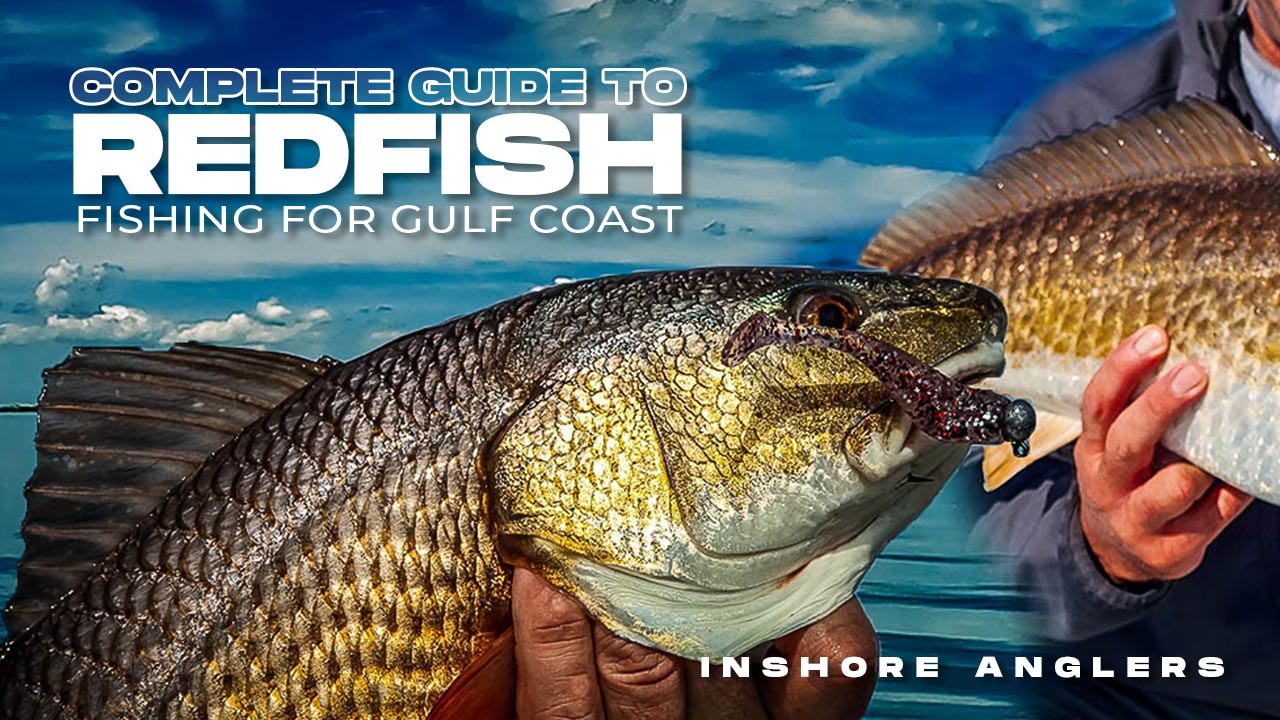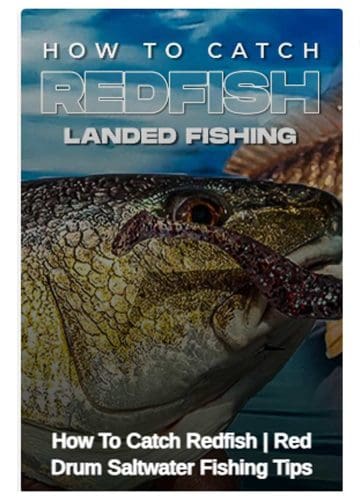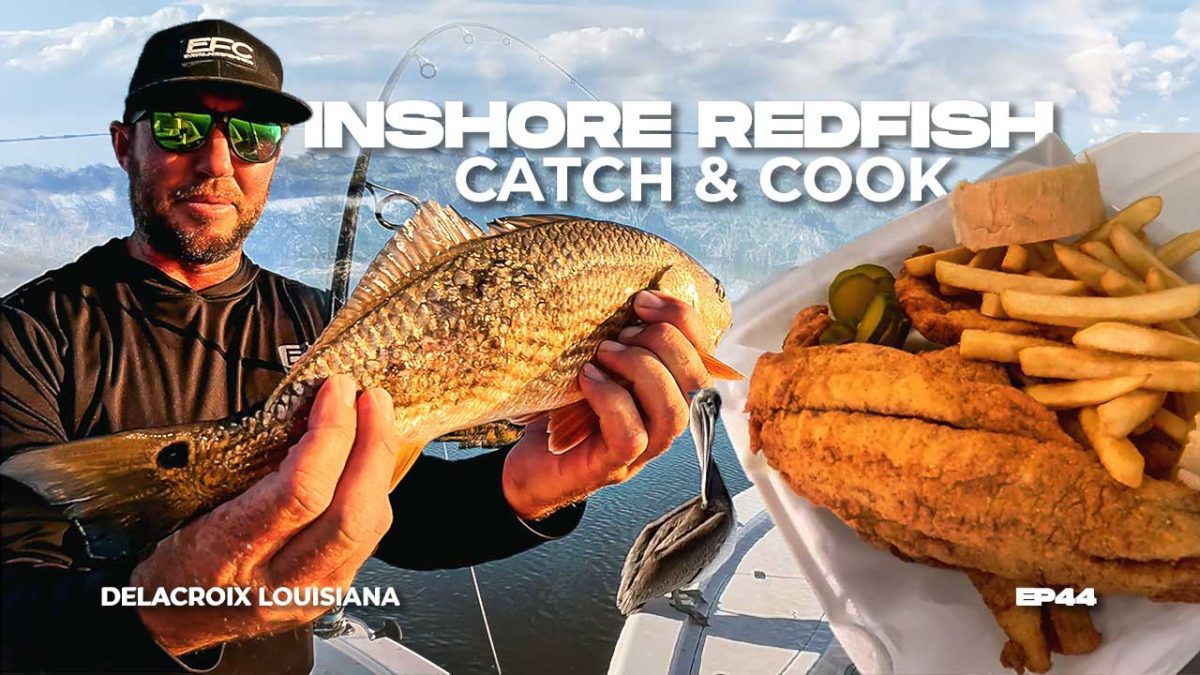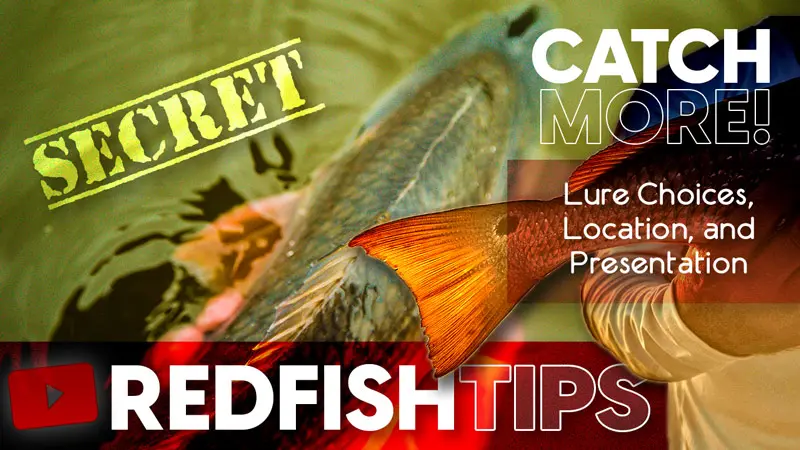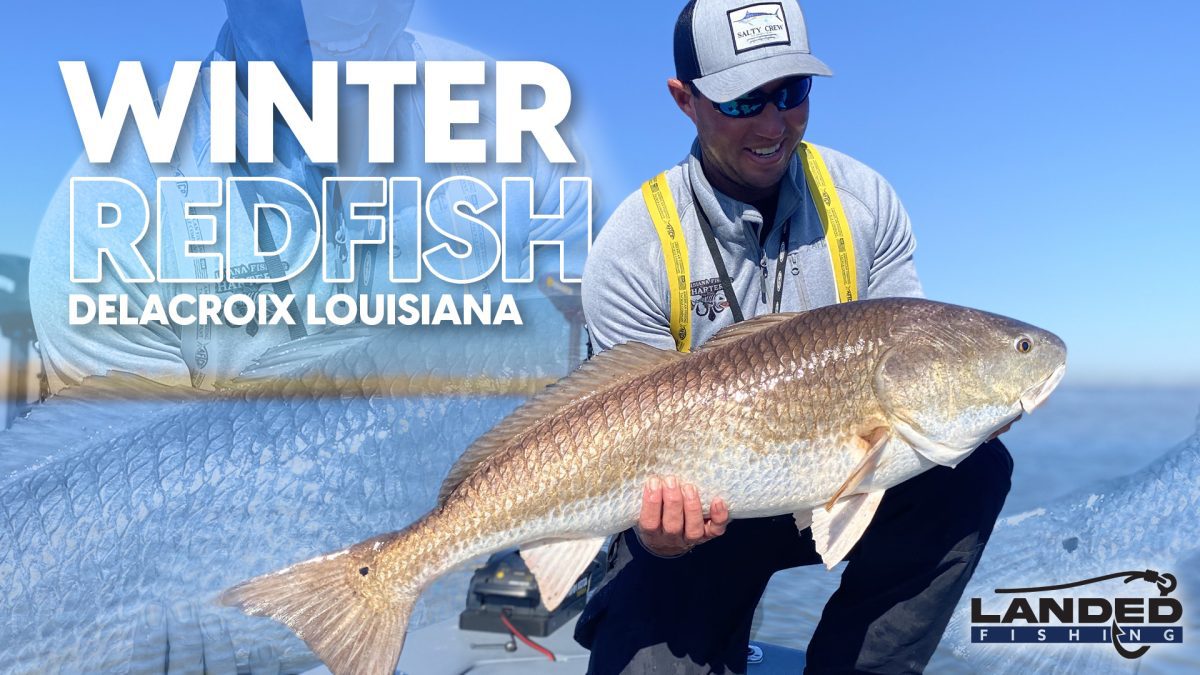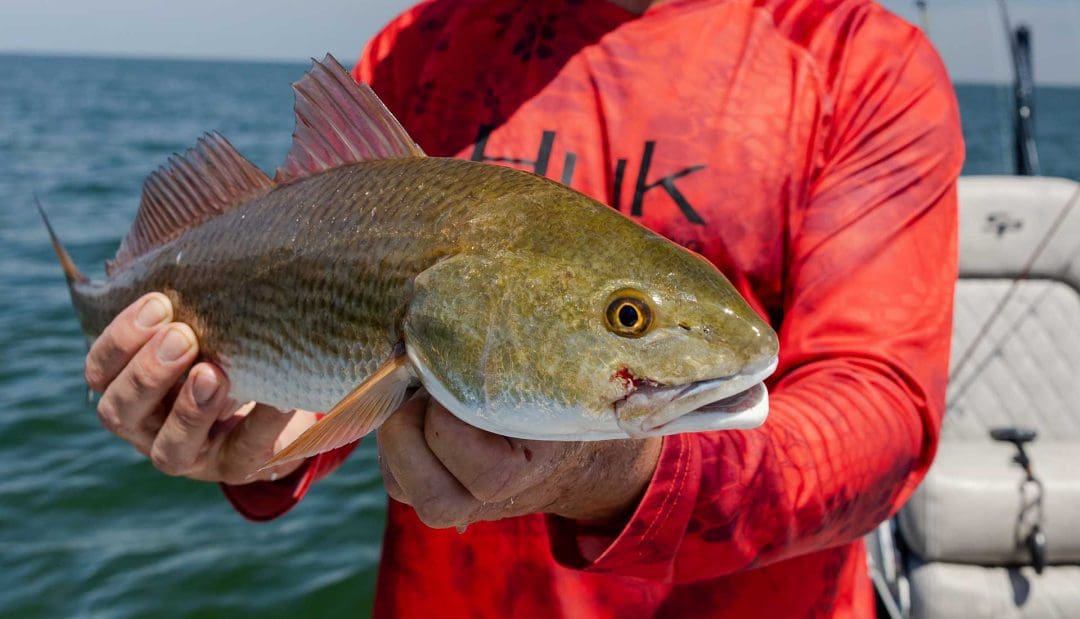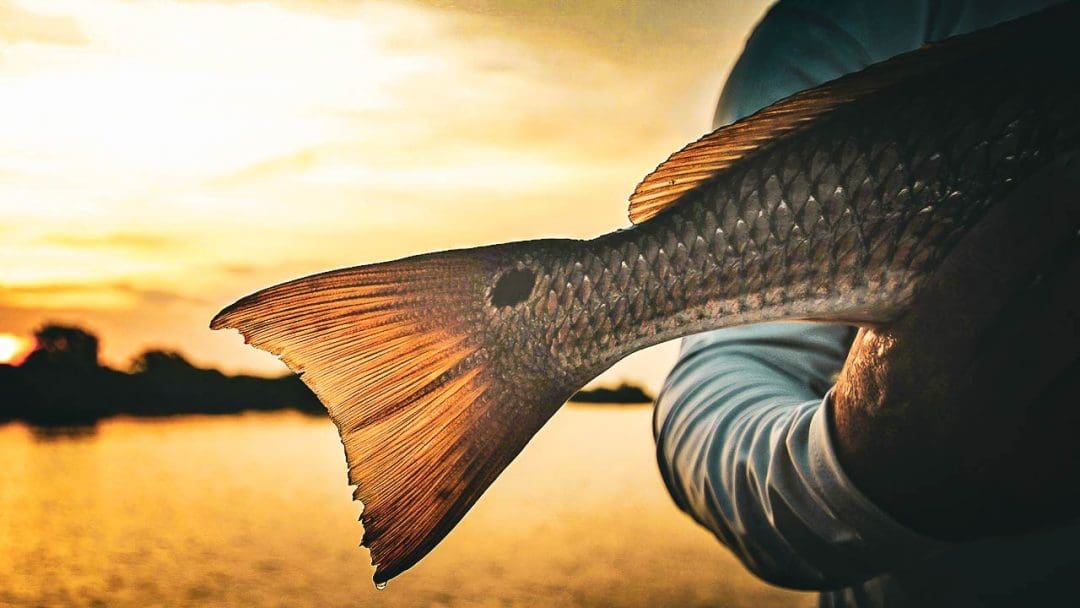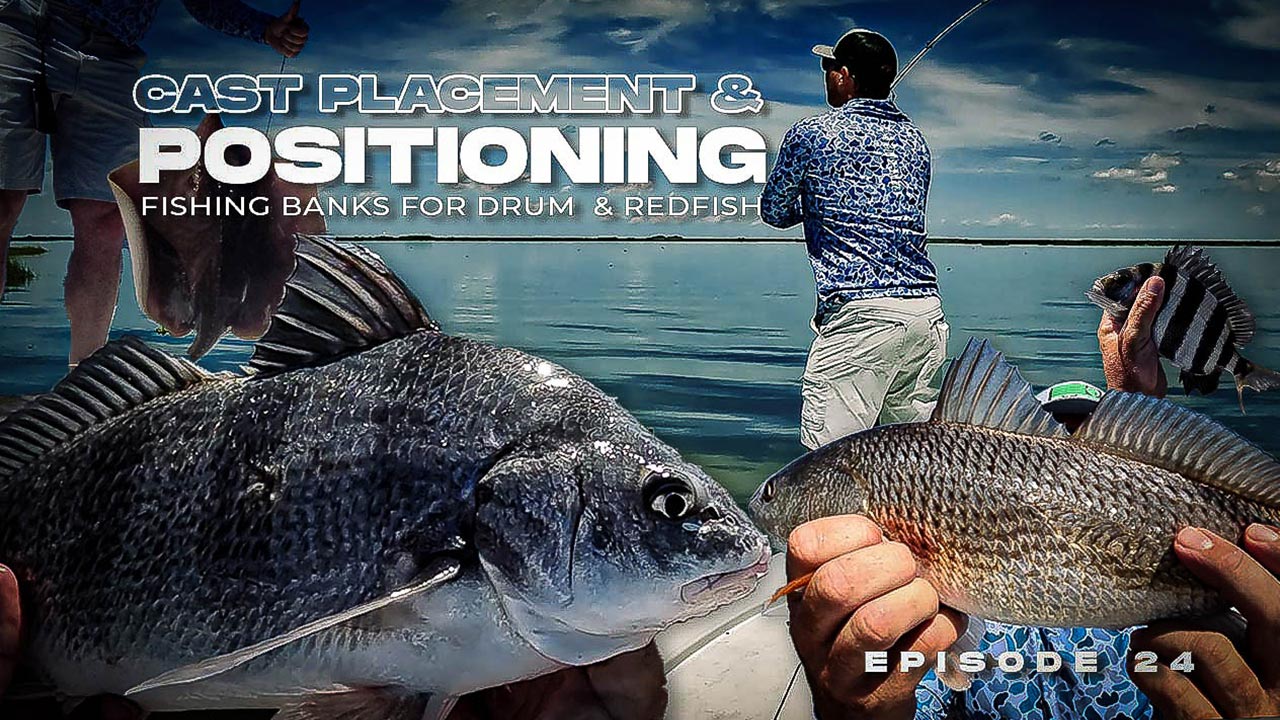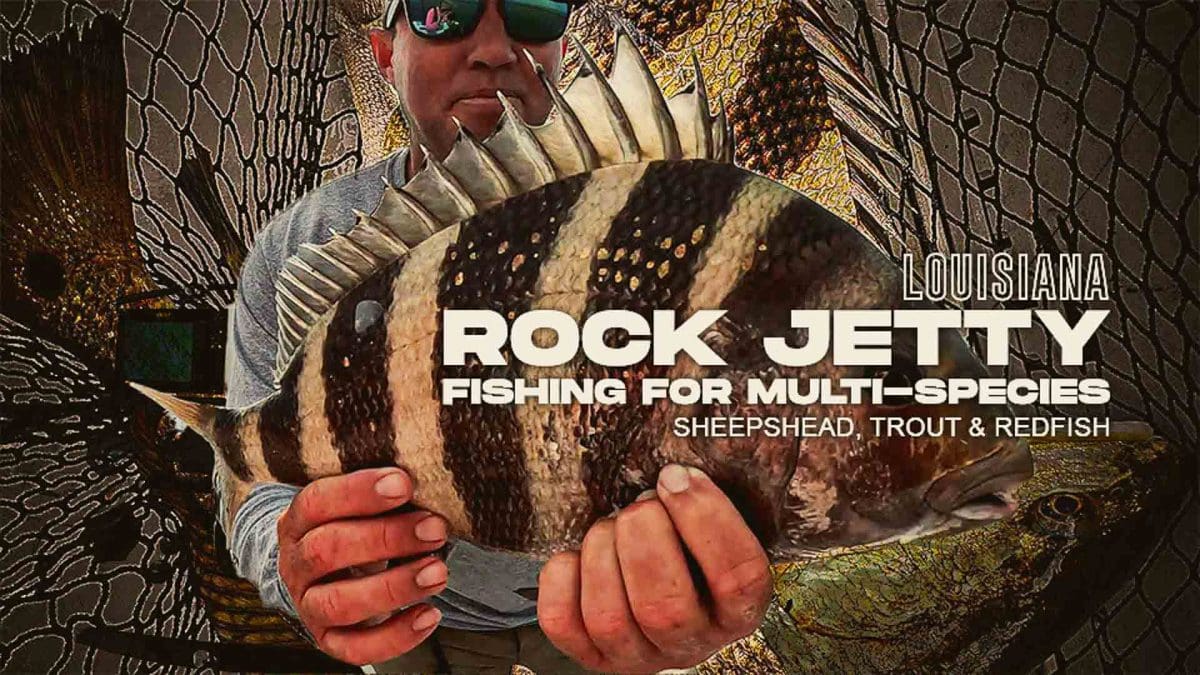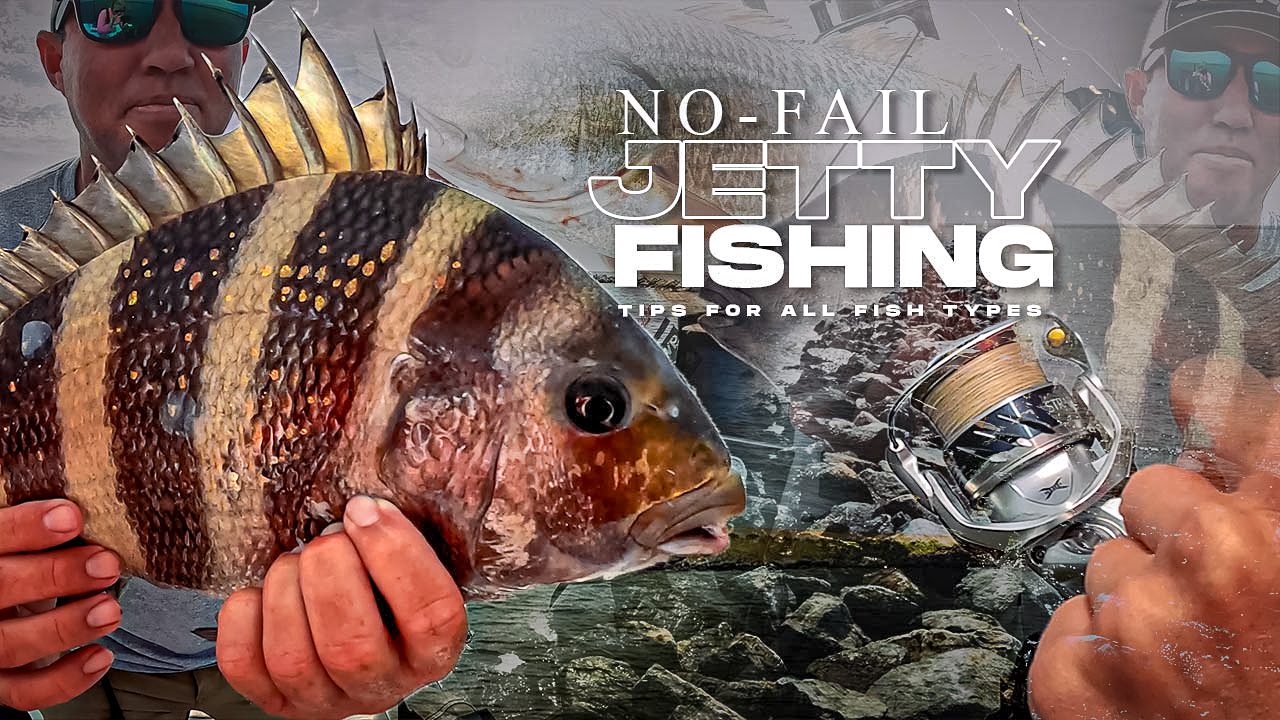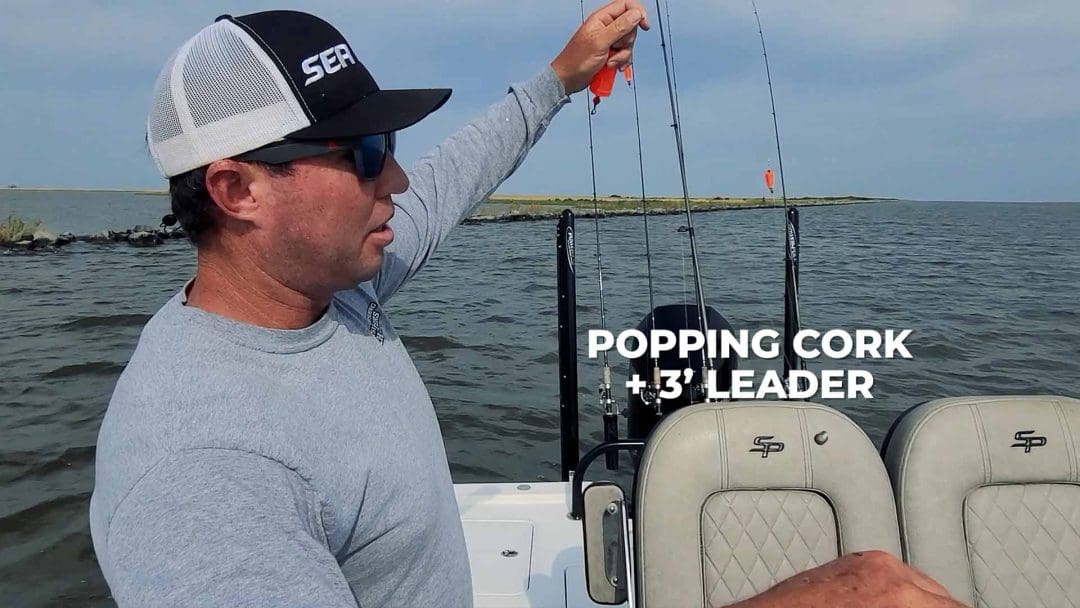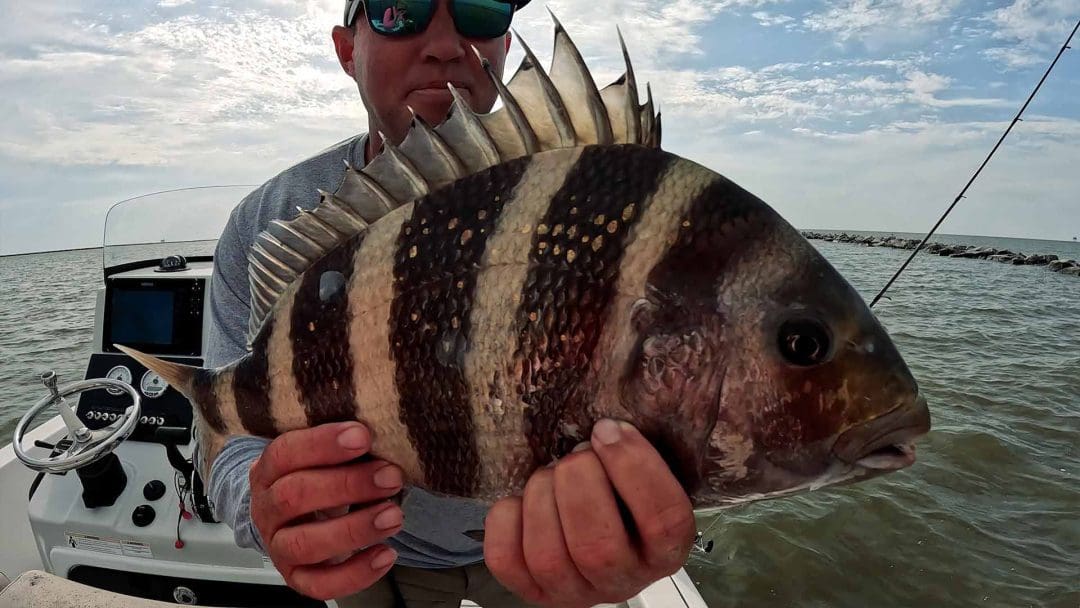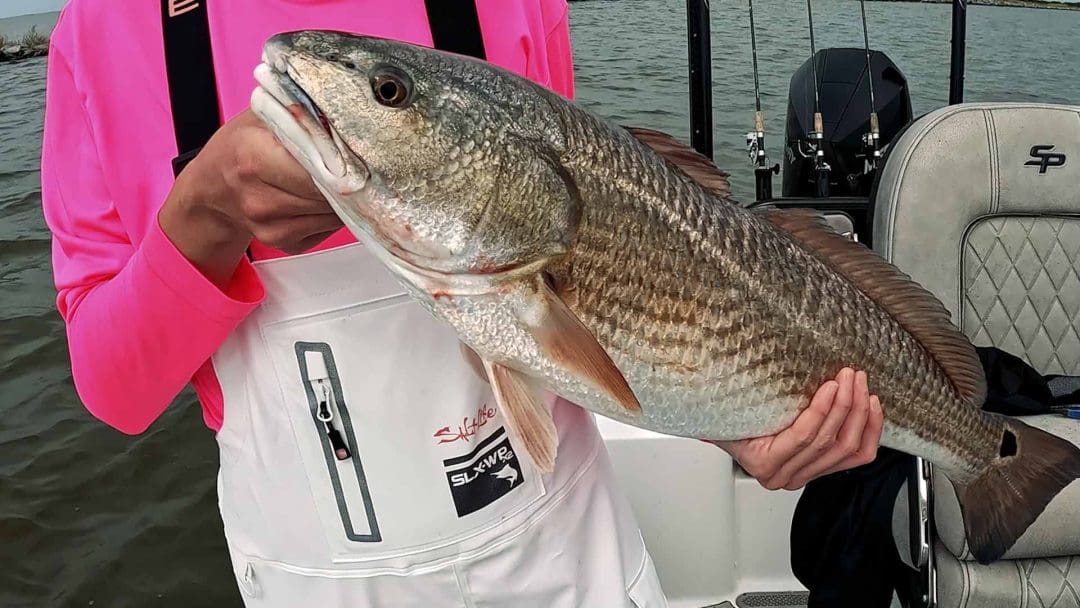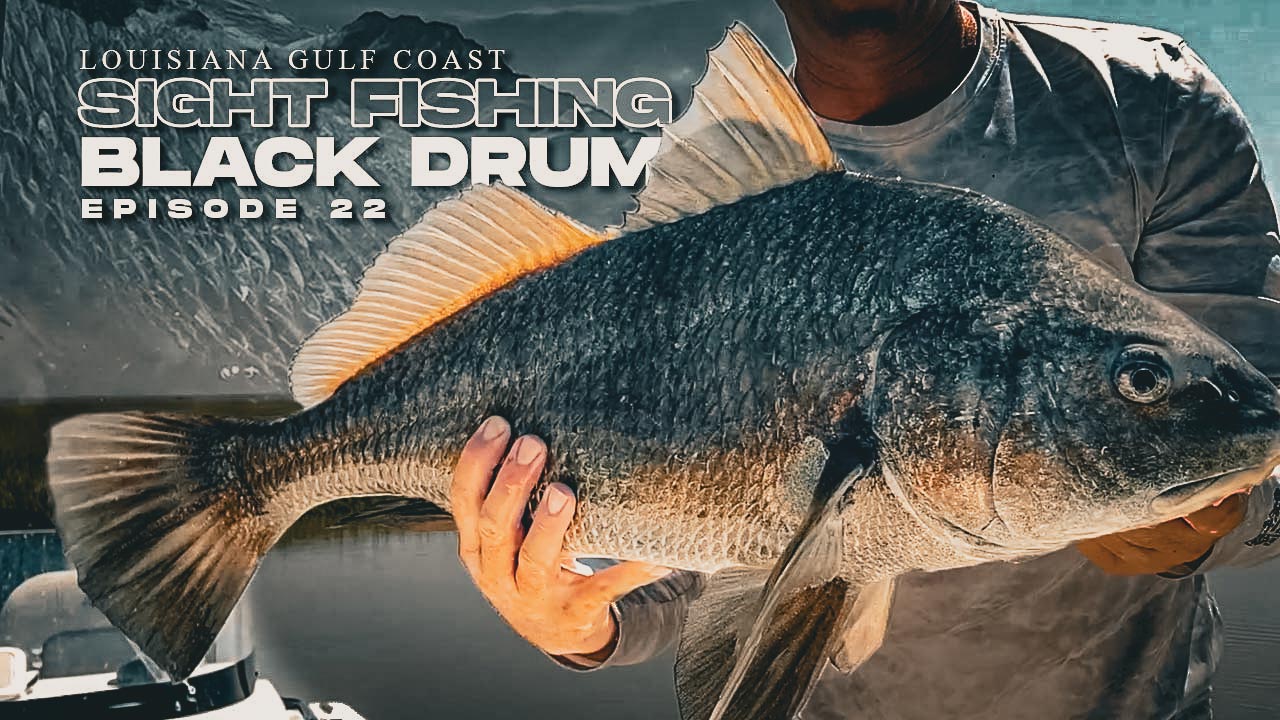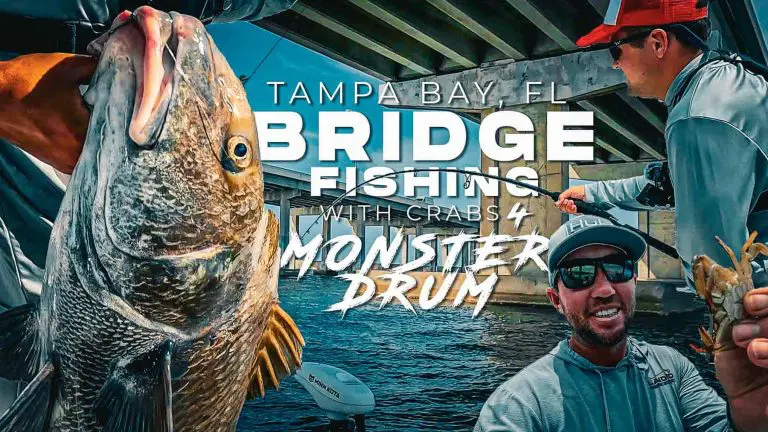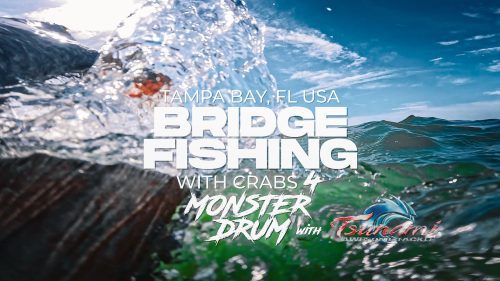
Tampa Bridge Fishing for Giant Fish
In this episode from Landed Fishing, Captain Shaw joins forces with Hog Squad Fishing and Tsunami Fishing Tackle for a memorable fishing adventure beneath the bridges in Tampa Bay, Florida.
A must-watch for anyone interested in the strategies and excitement of catching big fish, specifically massive black drum, using crabs as bait.
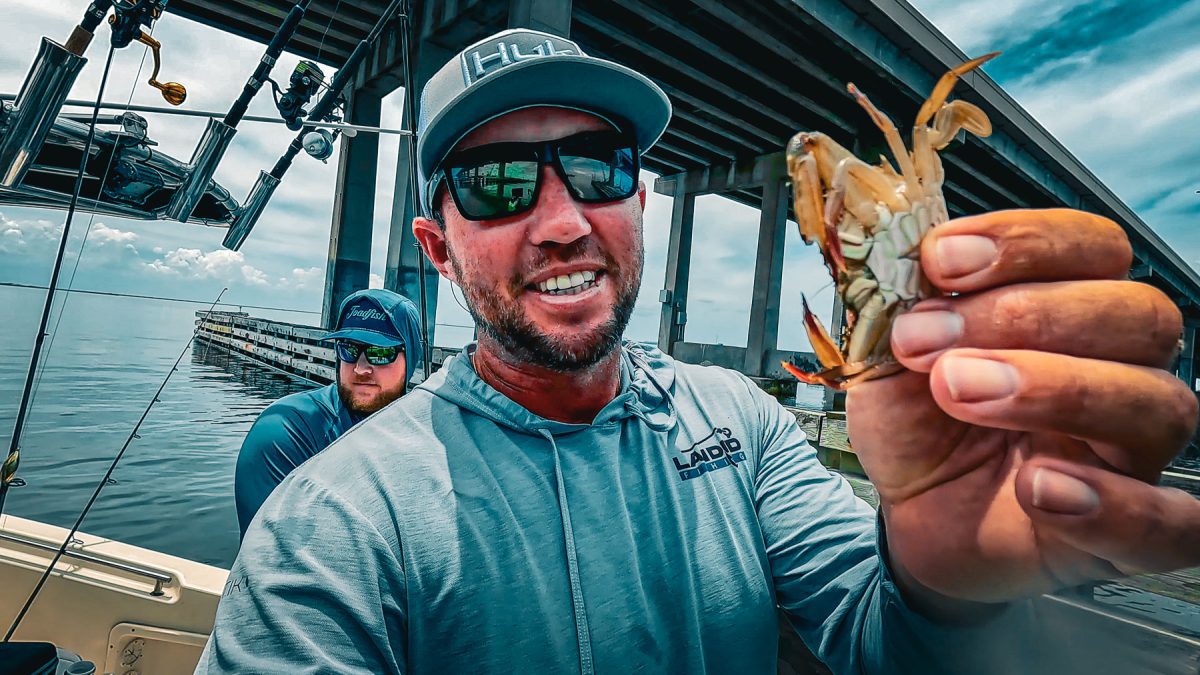
Using Crabs as Bait: Saltwater Fishing
Crabs are an exceptional choice for bait when targeting large fish like black drum. In this episode, Captain Shaw and the crew delve into why crabs are so effective.
The natural diet of black drum includes crabs, making them an irresistible and authentic bait. Learn how to properly rig the crabs to ensure they attract the drum, and they demonstrate the technique in action.
The use of crabs not only mimics the drum’s natural prey but also increases the chances of catching the larger, more elusive fish.
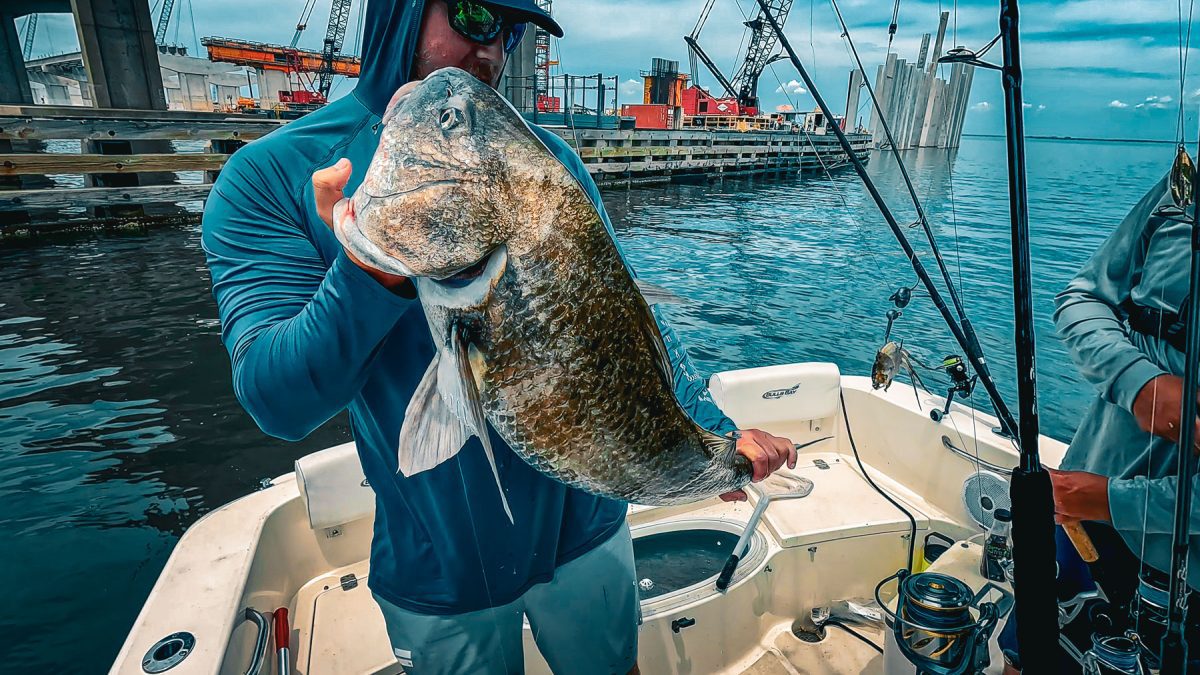
Tackling the Giants: Fishing Gear and Technique
This episode also provides invaluable insights into the gear necessary for such a task.
Captain Shaw and his companions discuss the specific rods, reels, and line types that best suit the hefty challenge of reeling in black drum.
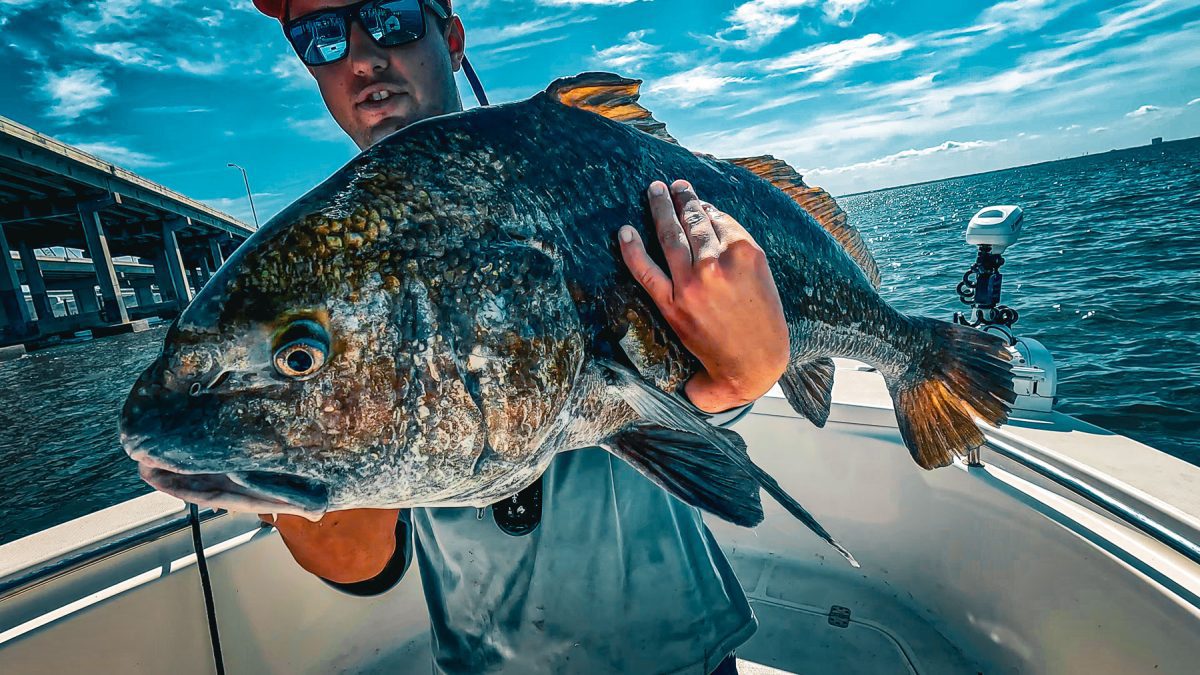
Detailed explanations help viewers understand the importance of using sturdy gear that can withstand the struggles of large, powerful fish.
Watch Video: Catching Giant Fish Under Bridges
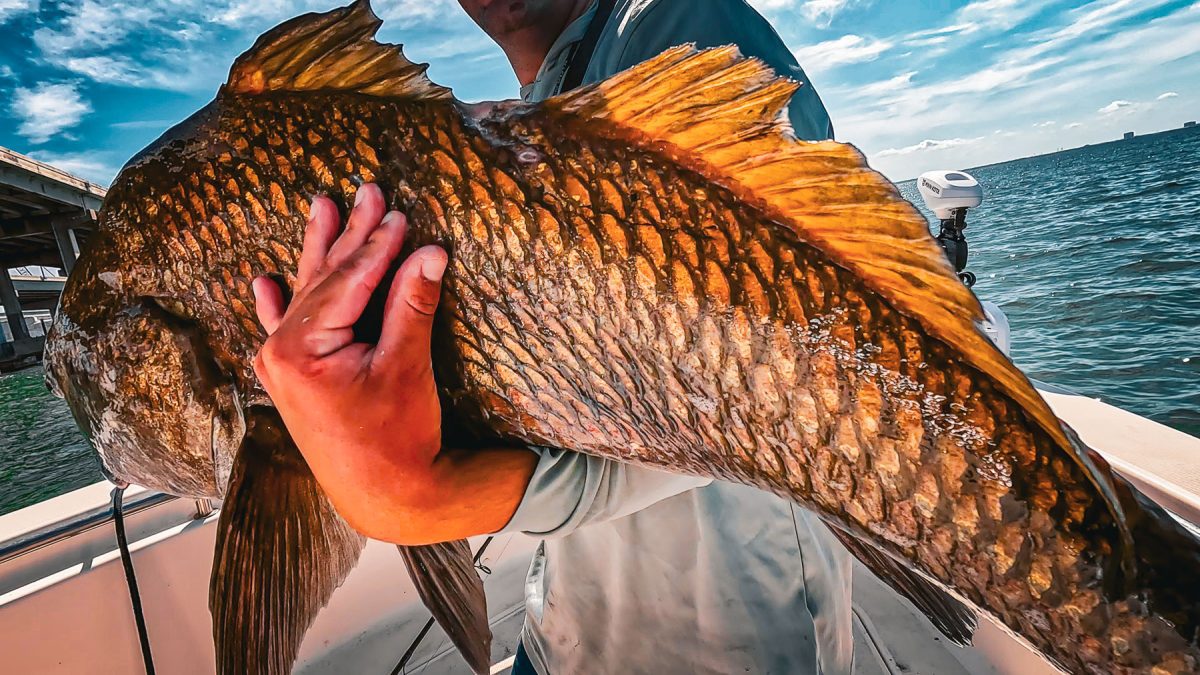
Catching BIG Black Drum in Tampa Bay
Each year, large groups of black drum congregate in the Tampa Bay area, providing a perfect opportunity for anglers to experience the thrill of catching these giants.
The migration patterns vary from year-to-year but make certain times of the year particularly fruitful for targeting black drum, and this episode perfectly captures one of those peak moments.
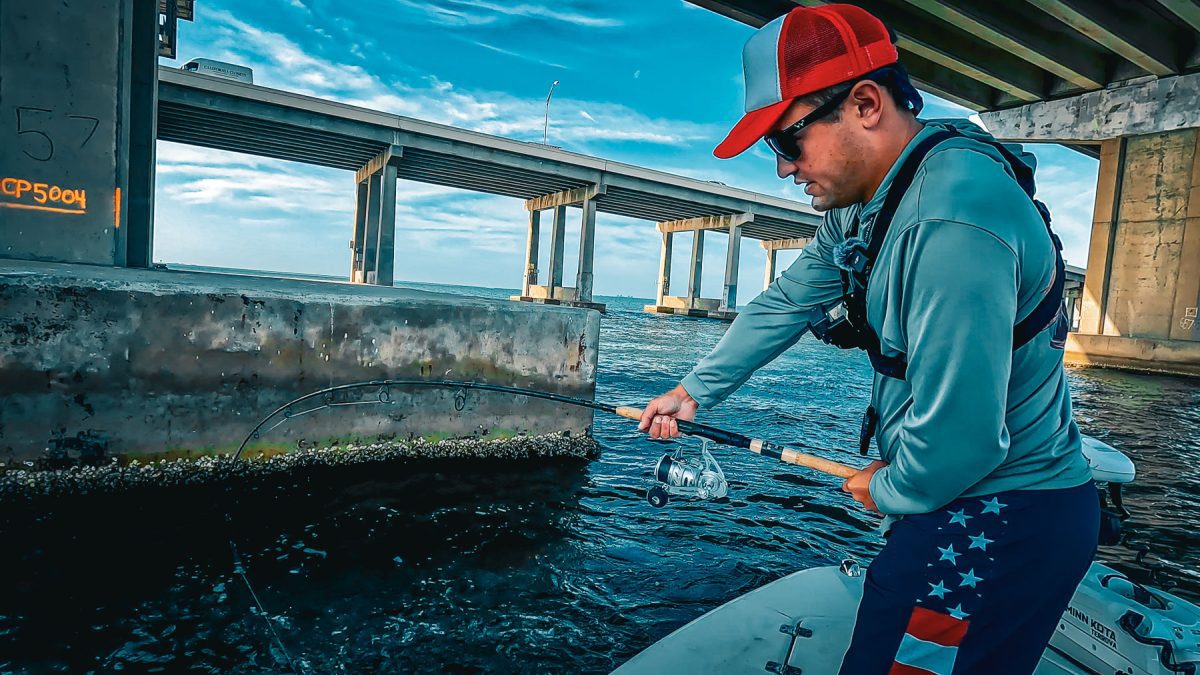
Book Your Tampa Fishing Charter
For those inspired by the episode and interested in trying their hand at catching some impressive black drum themselves, consider booking a charter.
You can fish with Captain Shaw through the Florida Fishing Company or with Captain Devan at Hog Squad Fishing. Both captains are experienced and knowledgeable, and they can provide an unforgettable fishing experience in the fruitful waters of Tampa Bay.
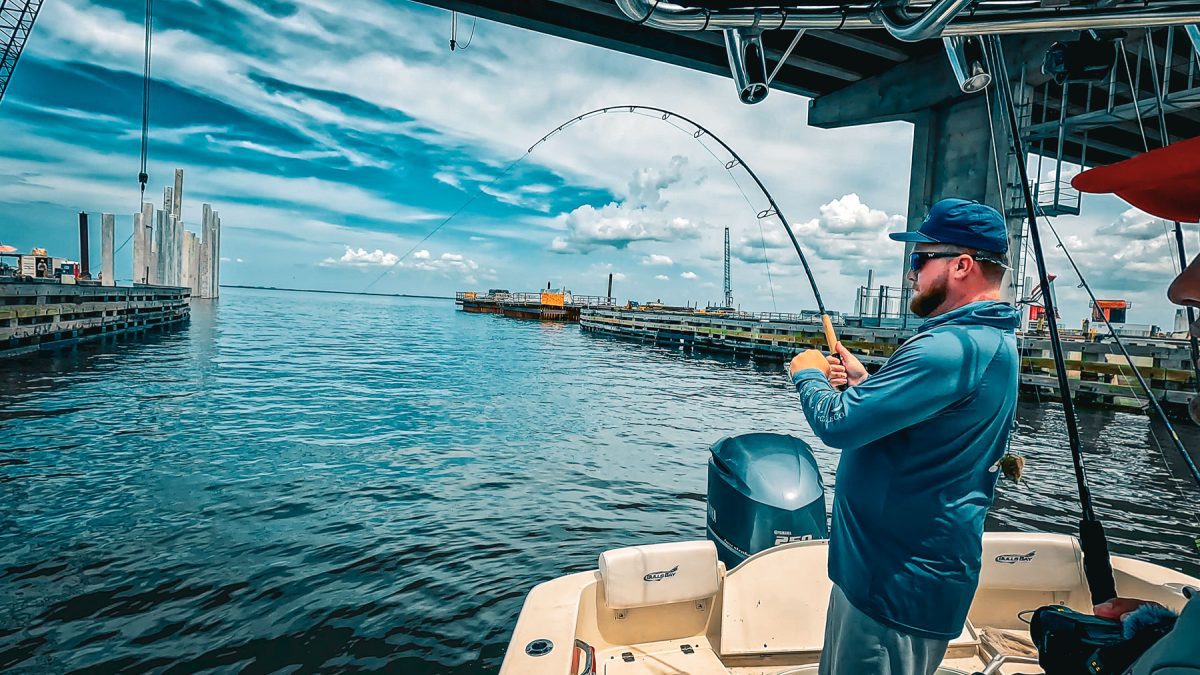
When Sharks Attack these schools of Bull Drum
Bridge Fishing: Bull Drum vs Bull Sharks
Join us as we head out to the Bridges in Tampa Florida for some BIG Black Drum with Hog Squad and Rad Reeling Fishing.
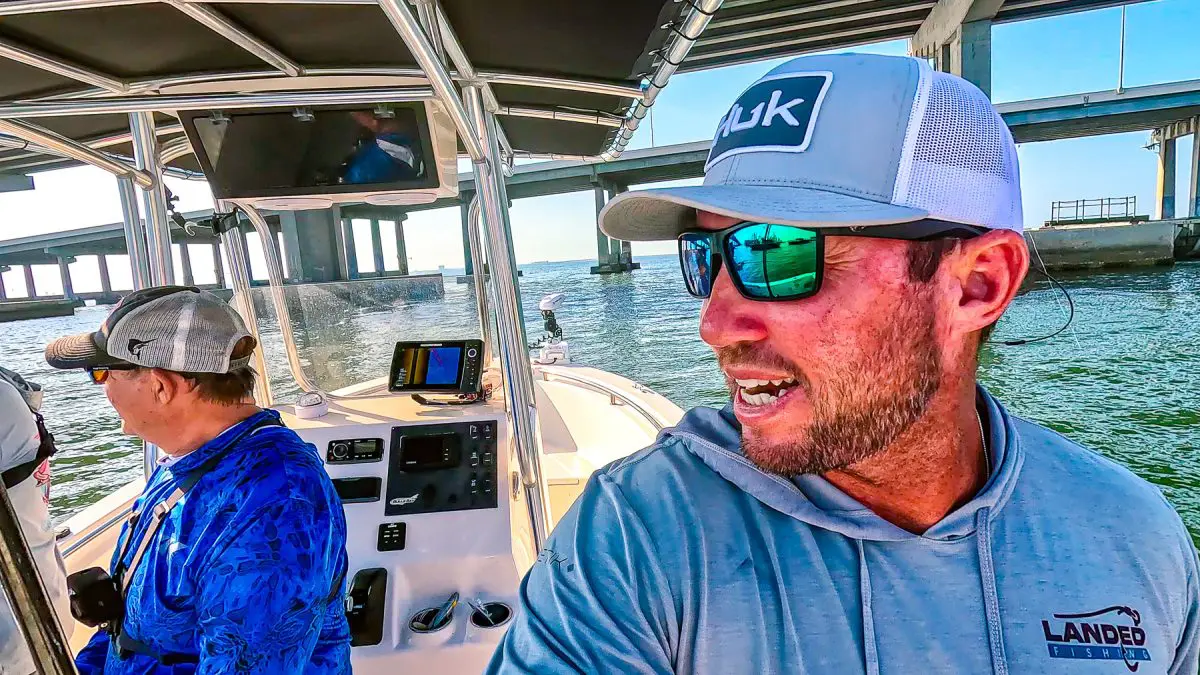
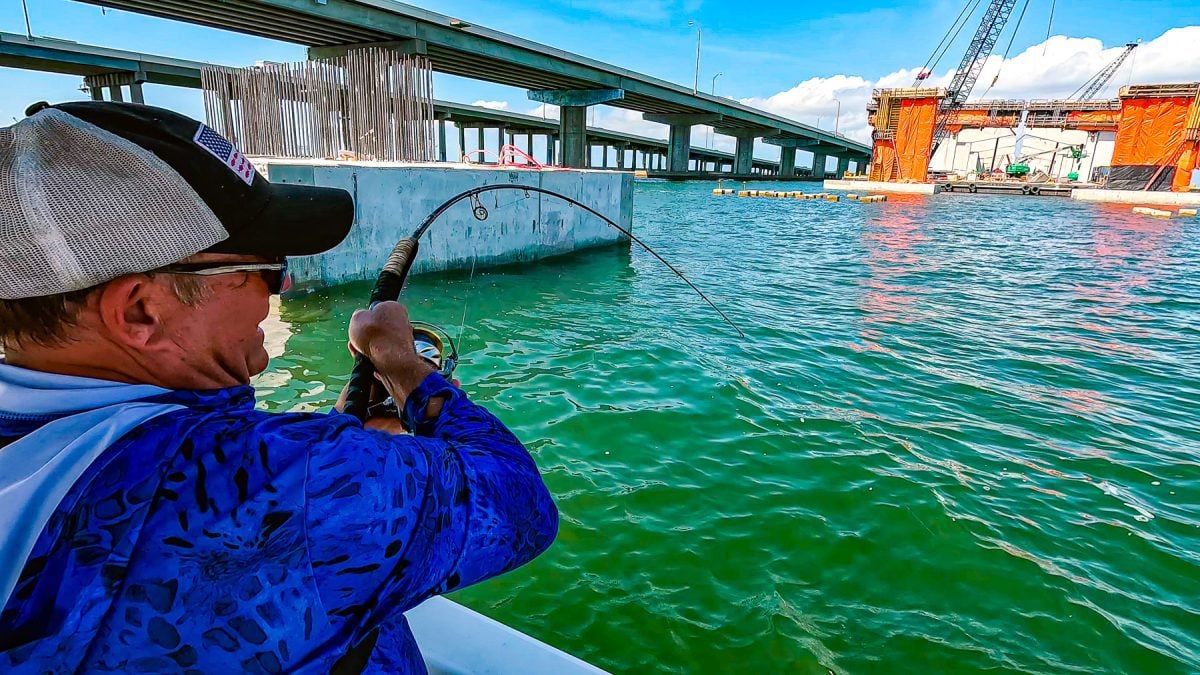
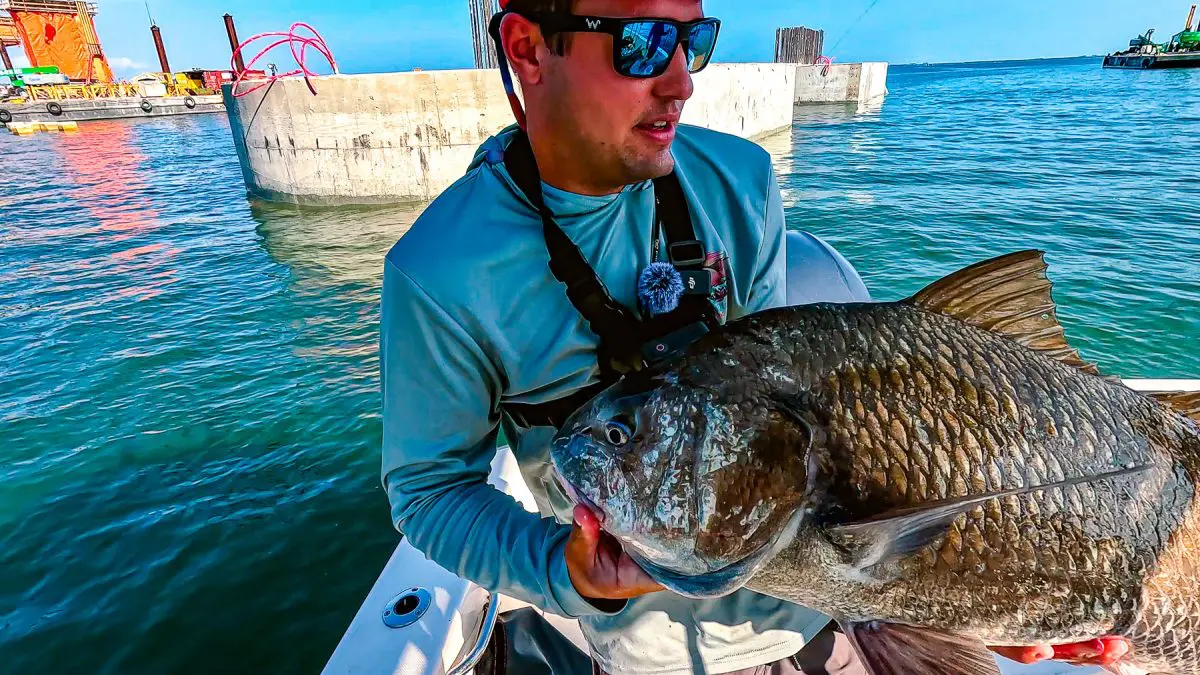
Choosing the Right Rig: Knocker Rig vs. Carolina Rig
When fishing for large black drum in Tampa Bay, the choice of rig can significantly impact your success. This choice is often influenced by factors such as location, tide, and the behavior of the fish.

Get Hooked Up with Hog Squad Fishing
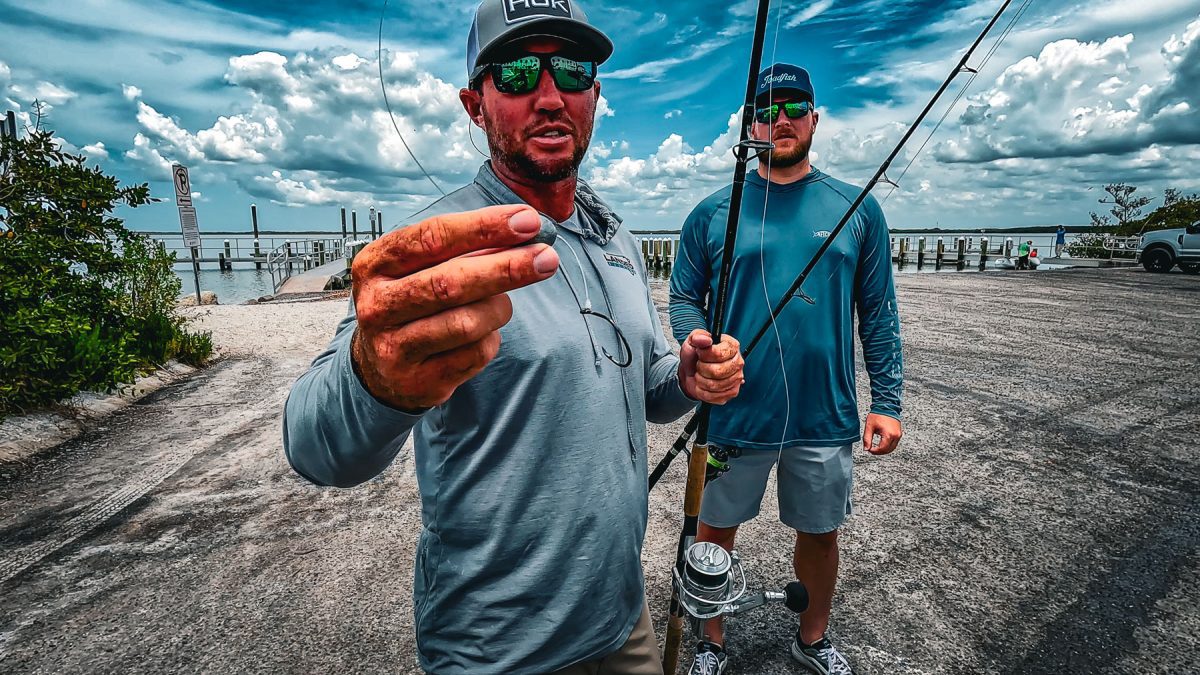
Bridge Fishing: Knocker Rig
The Knocker Rig is particularly effective in areas with strong currents or deeper waters where bait needs to be kept at the bottom.
This rig allows the weight to slide directly down to the hook, knocking against it, which helps in keeping the bait in place amidst strong water movements.
It’s excellent for fishing directly beneath bridges or in channels where black drum might be feeding during moving tides.
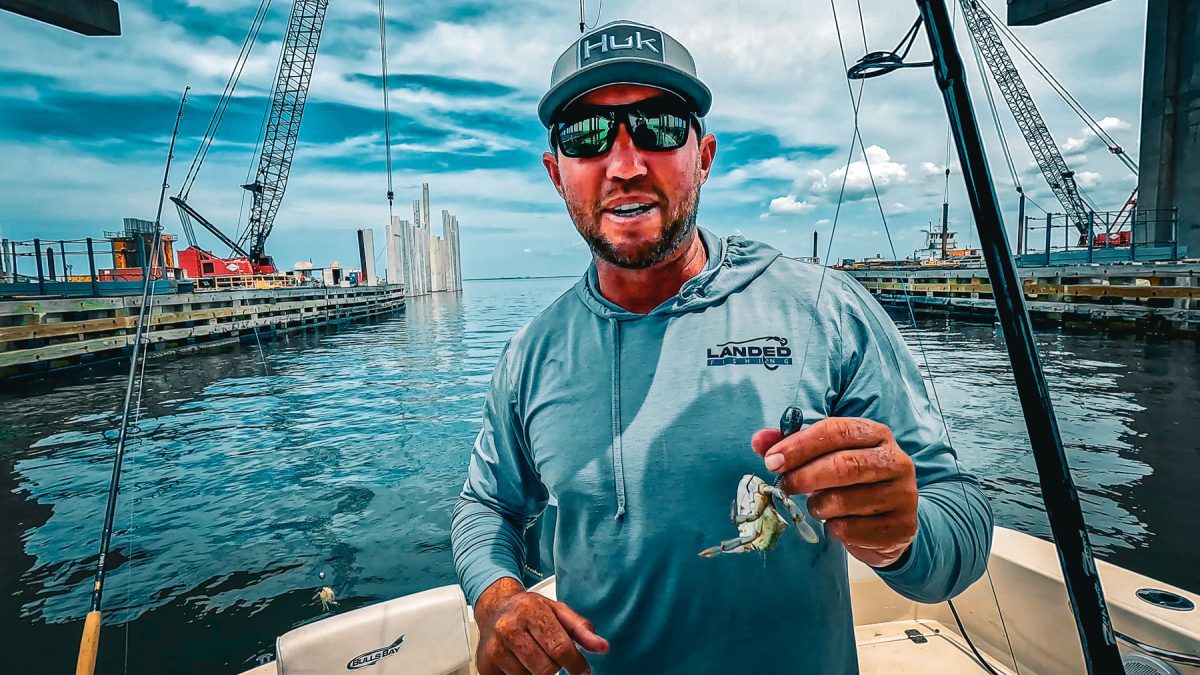
Bridge Fishing: Carolina Rig
The Carolina Rig, on the other hand, is better suited for areas where a more delicate presentation is needed.
This rig features a weight fixed on the line some distance from the hook, using a leader. This setup allows the bait to move more naturally in the water, mimicking live prey effectively.
It’s ideal for shallower waters or when fishing over grassy flats where drum may be wary of overhead shadows and disturbances.
Both rigs have their advantages depending on the fishing conditions. Anglers need to consider the tide—for light-biting fish and better sensitivity the Knocker Rig might be the better choice.
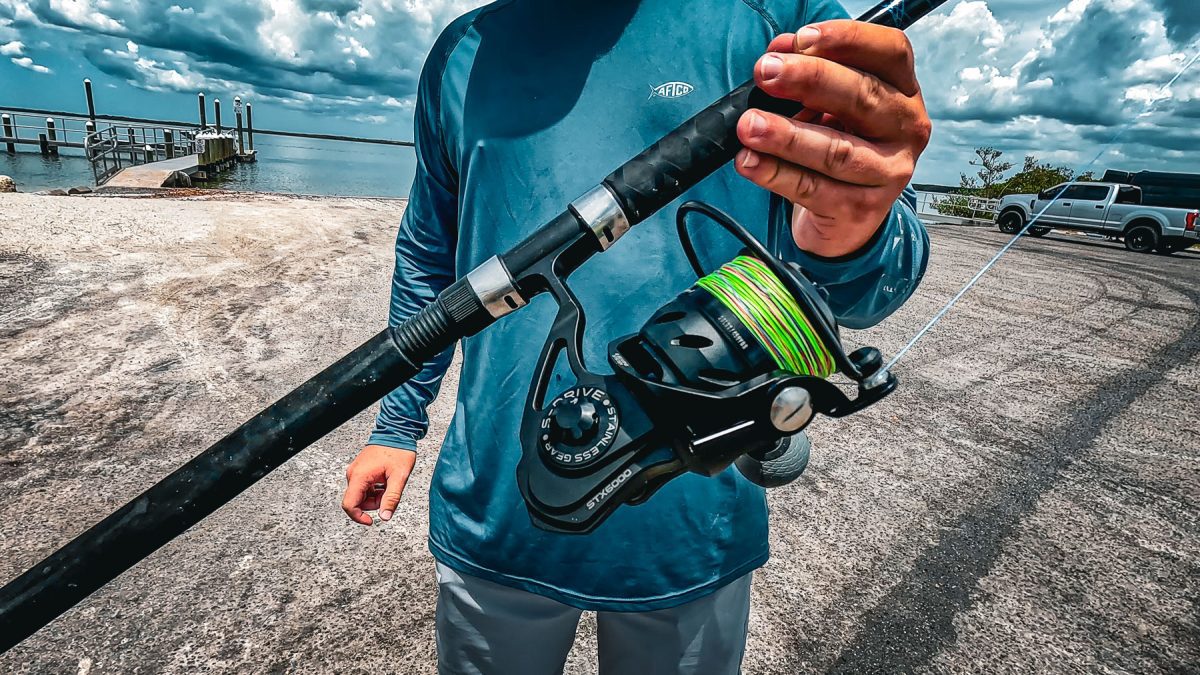
Tsunami Fishing Tackle: Gearing Up for BIG Fish
In the episode, there’s palpable excitement about testing out gear from Tsunami Fishing Tackle. Landed Fishing is eager to see how their equipment fares against the legendary Florida tarpon. Tsunami’s reputation for durable and high-performing tackle makes them a promising ally in this challenging endeavor.
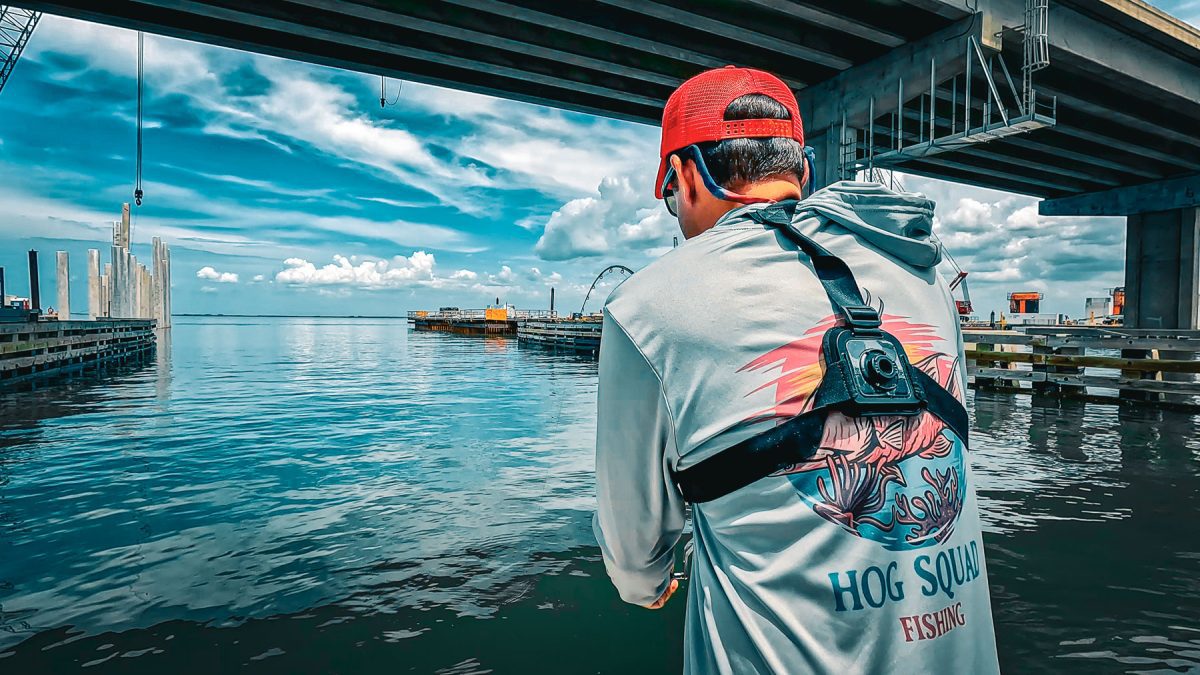
The episode hints at future sessions where the crew will employ Tsunami rods and reels, which are known for their strength and reliability, crucial factors when dealing with the power and size of tarpon.
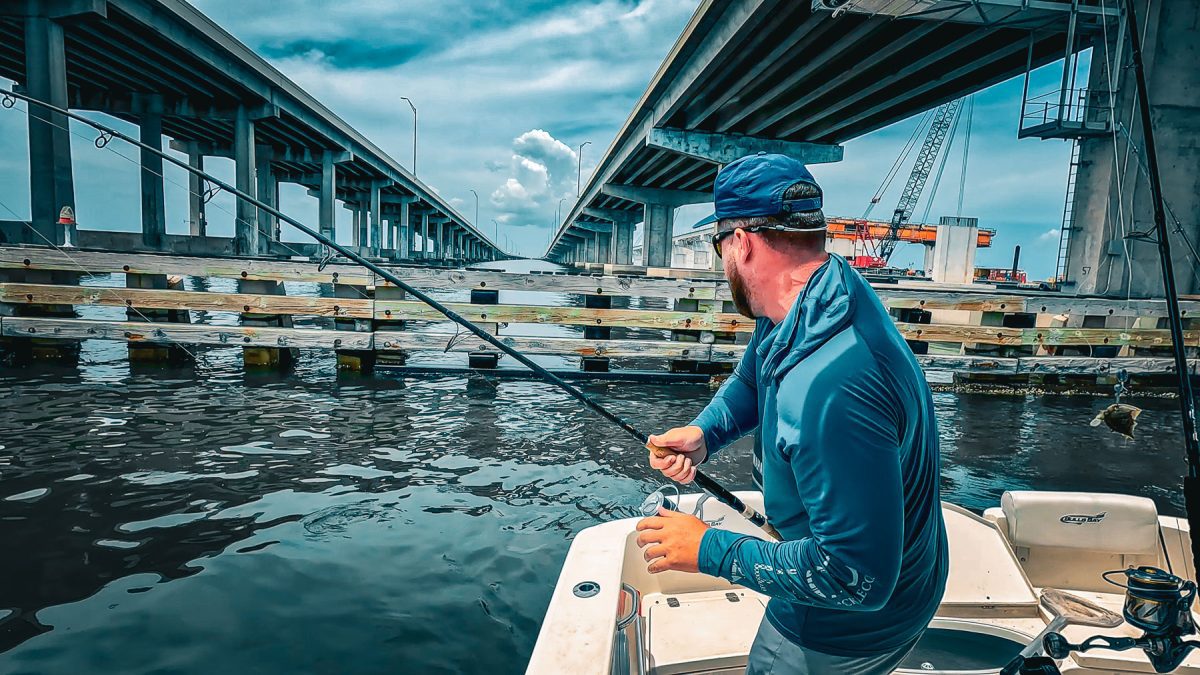
This focus on gear testing is not just about the thrill of the catch but also about providing viewers with real, actionable insights on what works best in specific fishing scenarios. By stacking Tsunami’s gear against such formidable fish, Landed Fishing aims to offer viewers a thorough assessment of tackle performance in extreme conditions.
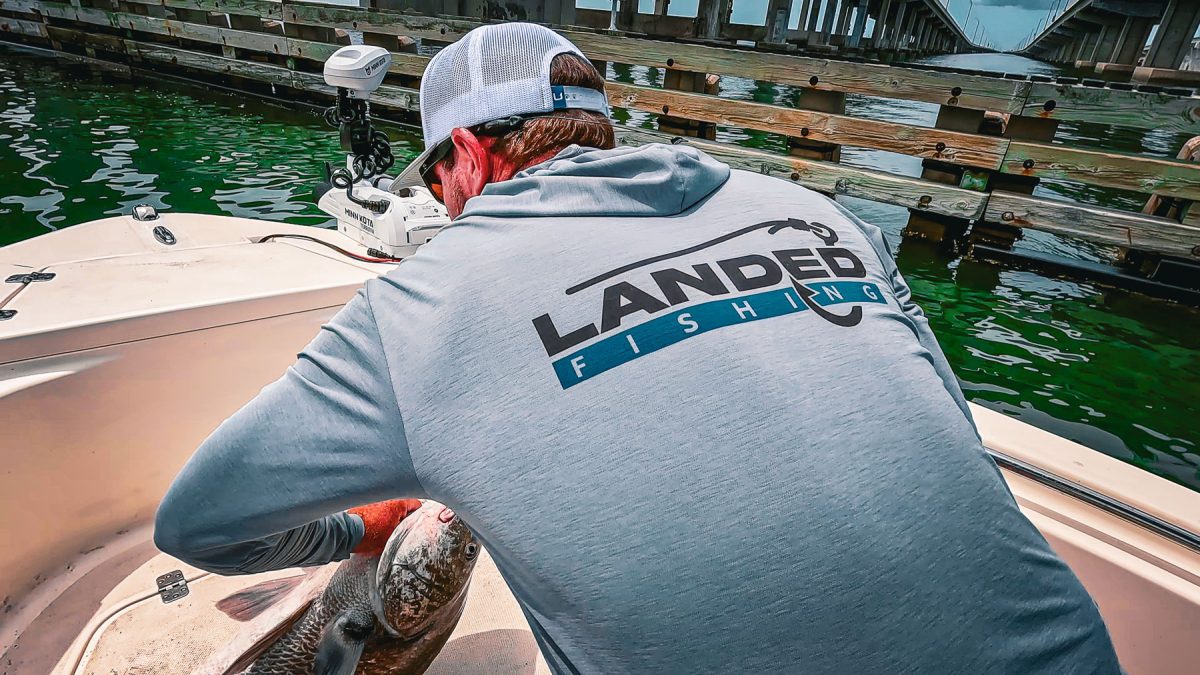
Whether you’re a seasoned angler or a novice, this episode from Landed Fishing is not just entertaining but also educational, packed with tips and techniques for successfully fishing with crabs and tackling some of the largest fish in the Gulf Coast. Don’t miss out on the action, and consider booking your next fishing adventure in Tampa Bay to experience it firsthand.
Explore More
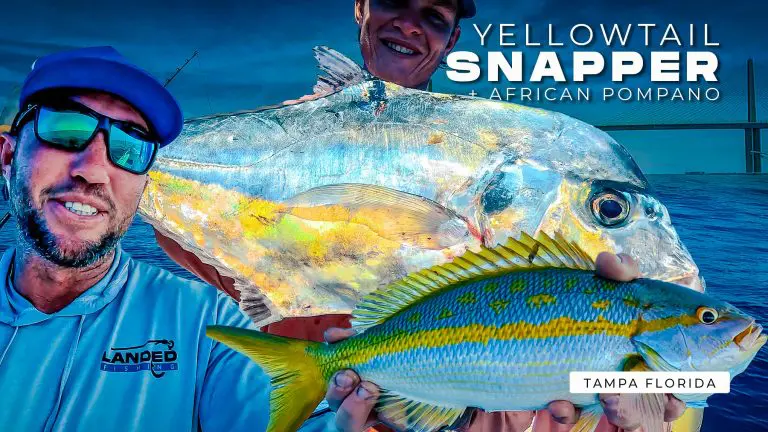
Tampa Florida Offshore Fishing Yellowtail Snapper + African Pompano The perfect fishing trip in the Gulf of Mexico, Join…
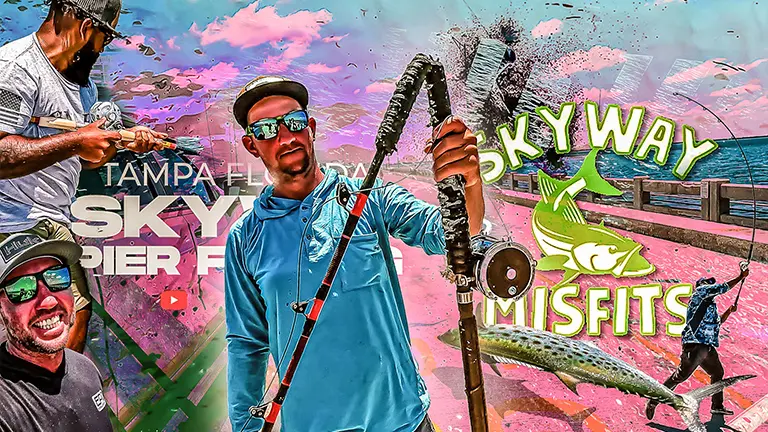
Tampa Florida's Skyway Bridge Fishing Pier Join us as we team up with GrouperMVP, The Ballyhoop Net and the…
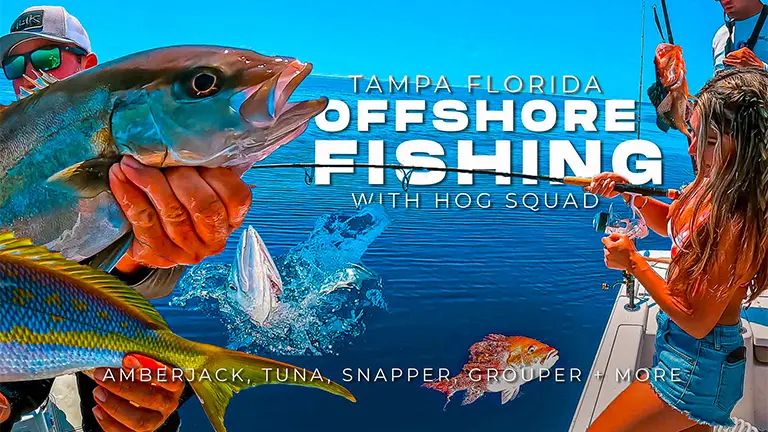
Tampa Offshore Fishing Experience with Hog Squad Fishing If you're seeking an offshore fishing experience that's as exhilarating as…


